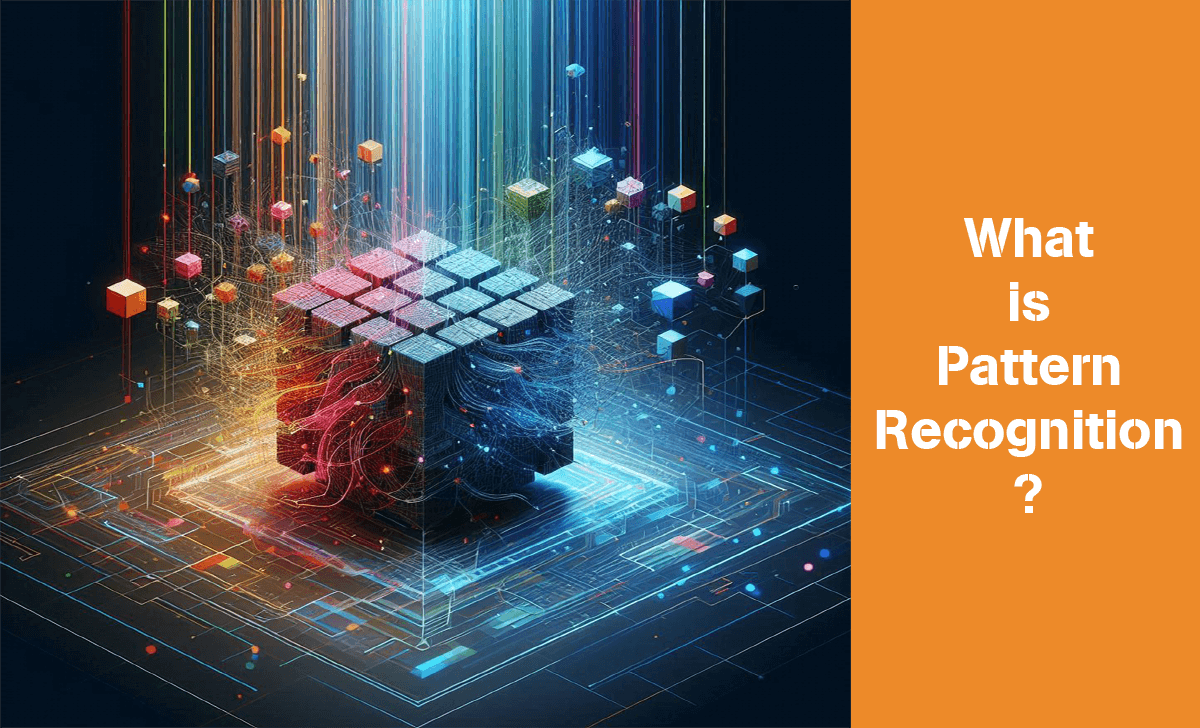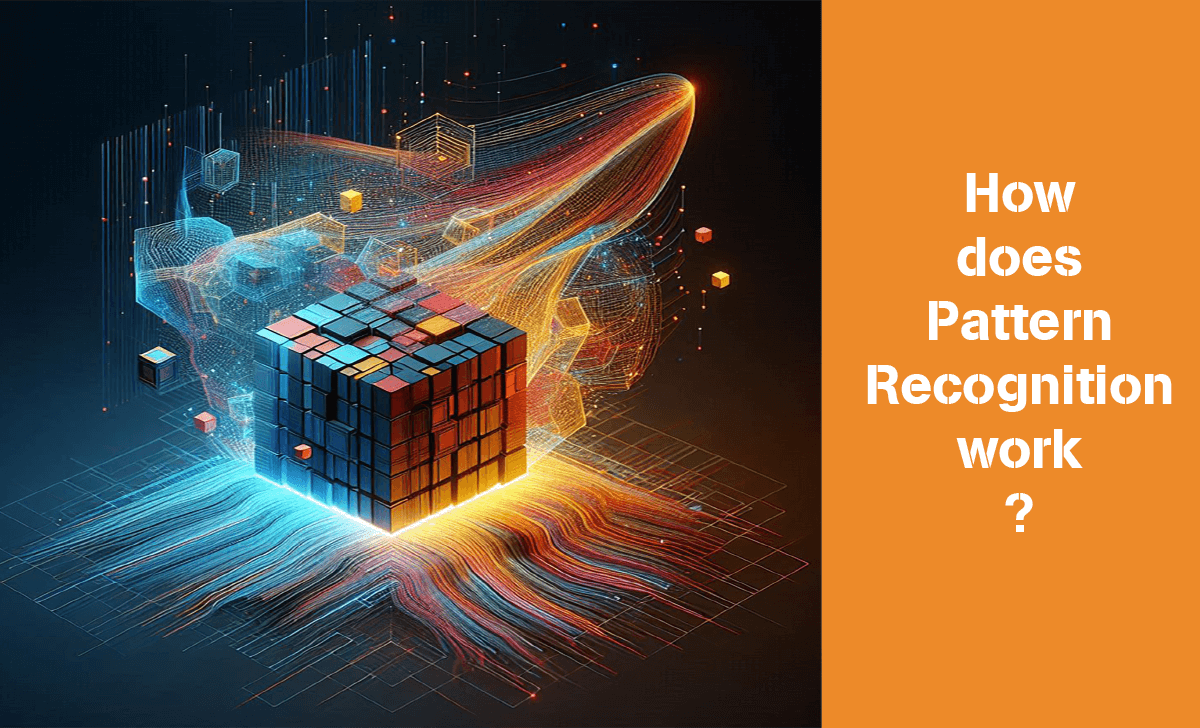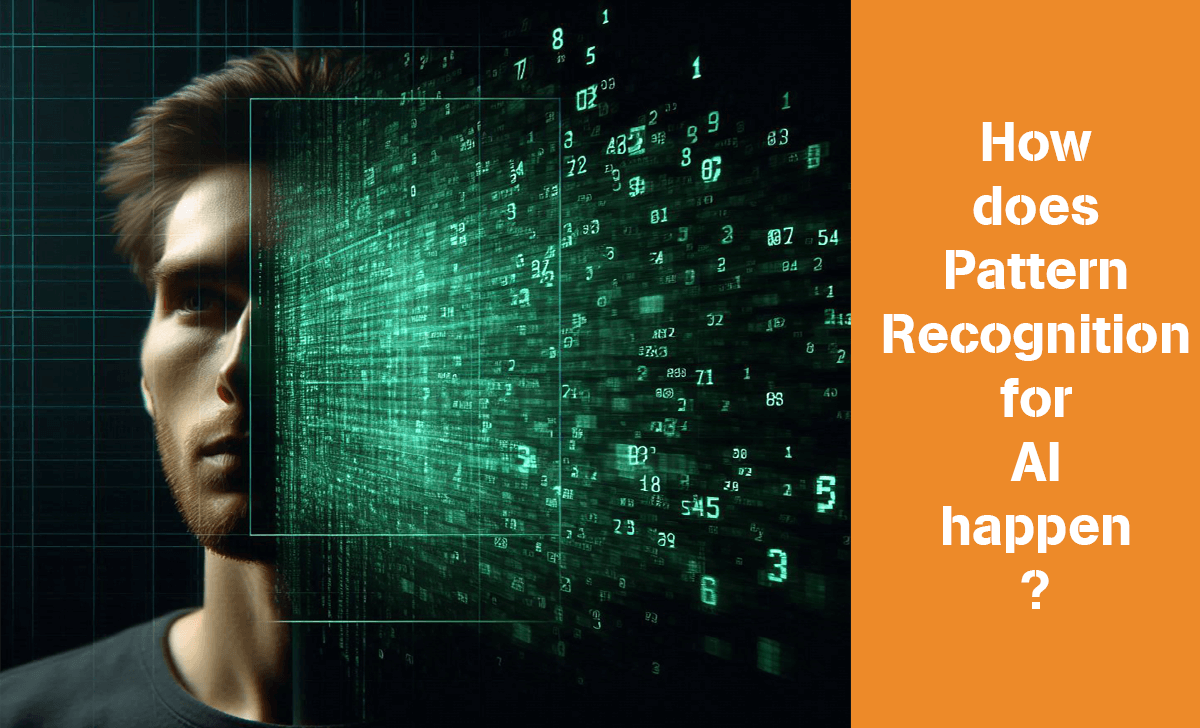Pattern Recognition is a part of the field of machine learning, which involves applying techniques to process raw data. The goal of this work is to classify data based on prior knowledge or statistical information extracted from available samples.
Is Pattern Recognition enough of a topic to interest you? If so, please follow the following content on AZcoin!
What is Pattern Recognition?

Pattern Recognition is a part of the field of machine learning, which involves applying techniques to process raw data. Depending on the type of data, the way it is processed will also be different. The goal of this work is to classify data based on prior knowledge or statistical information extracted from available samples.
Samples to be classified are often represented as groups of measured or observed data, each group corresponding to a point in a special space. That space is called multidimensional space, which is a specialized place containing the necessary characteristics to perform classification.
To put it more simply, Pattern Recognition is the research process of building automatic computer-based systems capable of classifying objects of interest in the real world.
How does Pattern Recognition work?

First, we need to talk about the structure of a Pattern Recognition system, according to which we have:
- Sensor: Collect Big Data observations needed for classification or description.
- Feature extraction mechanism: Calculate information from observed data in numerical or symbolic form.
- Classifier: Performs the job of classifying or describing observations based on extracted characteristics.
From the above structure, we can conclude that the Pattern Recognition process will operate based on a pre-classified sample set, which we will call the training set here. Along with that, there is a learning strategy, which is used to classify samples into one of the available classes called supervised learning.
On the other hand, in the case of unsupervised learning, the system will force the system to self-determine classification classes based on the statistical stability of the samples without pre-labeled samples.
How does Pattern Recognition for AI happen?

The above process when applied to artificial intelligence (AI) technology will be similar with some other changes as follows:
- Collect data: Start by collecting relevant data from various sources.
- Preprocessing: Raw data is cleaned and converted into a format suitable for analysis.
- Feature extraction: Extracting important attributes or features from data, helping to distinguish different patterns.
- Training: Train machine learning models using extracted features and labeled data.
- Pattern detection: After training, the model can analyze new data and detect patterns.
- Classification: The identified patterns are then classified into predefined categories.
- Evaluation: Model performance is evaluated using metrics such as accuracy, sensitivity, etc. to ensure that samples are correctly identified and classified.
- Deployment: After successful evaluation, the model is deployed to perform real-time prediction or classification of new data.
Application of Pattern Recognition

Here is a quick summary of products and applications from Pattern Recognition technology:
- Image and video analysis: Identify objects and faces in images and videos for a variety of purposes, some typical examples are Midjourney AI Art, Zapier, NightCafe,…
- Speech recognition: Converts spoken language to text by detecting patterns in audio signals.
- Natural Language Processing: Understand and process human language by detecting patterns in text.
- Medical diagnosis: Analyze medical images and patient data to identify signs of disease.
- Market Analysis: Spot trends and patterns in sales data to inform business strategy.
Conclusion
So together we have come to the end of all the interesting content surrounding the topic of Pattern Recognition. Hopefully, we have brought a lot of useful information to you and see you again in other content from AZcoin.

I am Tony Vu, living in California, USA. I am currently the co-founder of AZCoin company, with many years of experience in the cryptocurrency market, I hope to bring you useful information and knowledge about virtual currency investment.
Email: [email protected]











